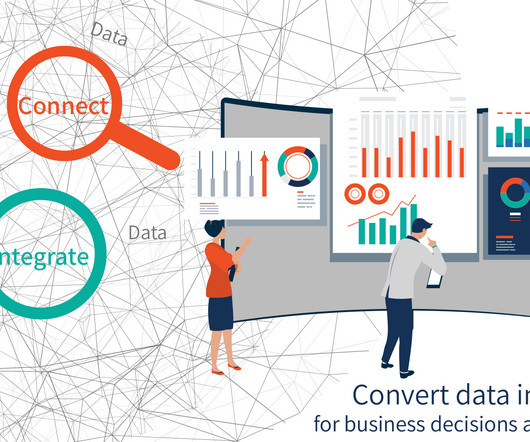How to Take Back 40-60% of Your IT Spend by Fixing Your Data
Ontotext
NOVEMBER 2, 2023
In spite of all the activity, the data paradigm hasn’t evolved much. Organizations are still managing data using relational technology invented in the 1970’s. While relational databases are the best fit for managing structured data workloads, they are not good for ad hoc inquiry and scenario-based analysis.












Let's personalize your content